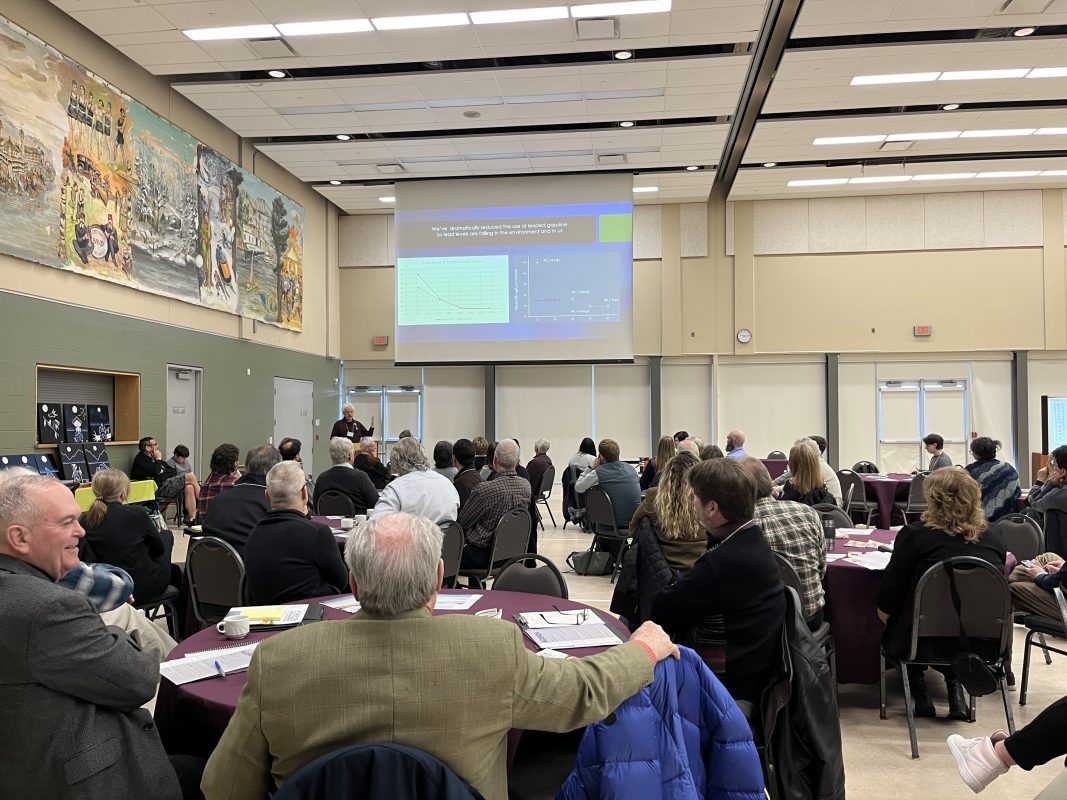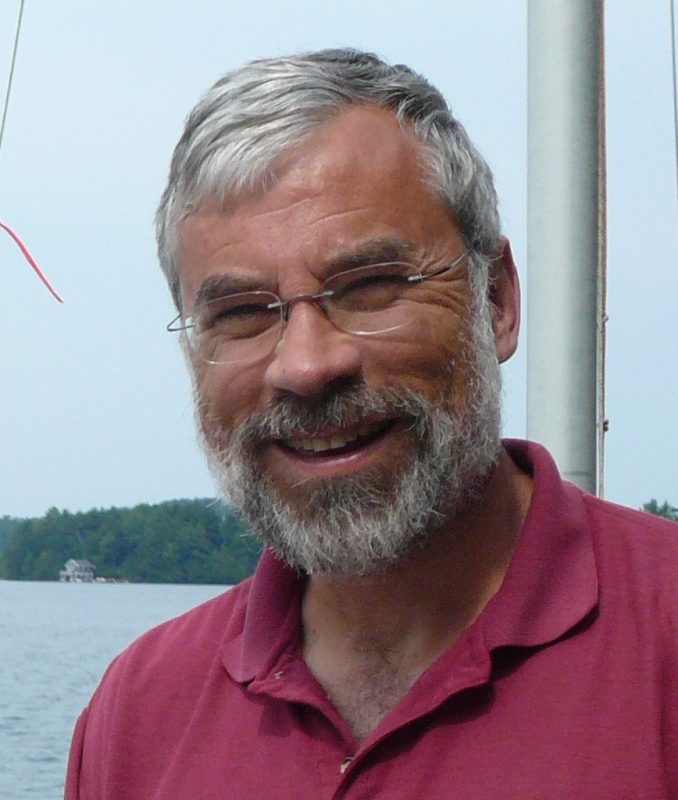Science is easy, it’s bringing people together to fight environmental problems that’s the difficult part.
Those who say we should delay environmental action until the science is clear are usually seeking to stall action.
By Geoff Ross.

In discussions on the need for action to fix environmental problems, how many times have we all heard the refrain: “We shouldn’t take action until the science is clear.”
Like many misleading statements, this one is rooted in a grain of truth. The truth is that science, by its nature, always seeks to improve our understanding of the world around us, so the guidance it gives us tomorrow will be better than what we have today.
But to delay action on the environment is to ignore at least two more important truths.
First, that there already exists clear scientific basis for major actions on environmental protection, and second, that delaying action will increase the severity of the problem and the difficulty and cost of fixing it.
Those who say we should delay action until the science is clear are usually seeking to stall action to protect the environment.
This points to yet another fundamental truth: The problem is not science. The problem is bringing people together to agree on how use science to manage our common future. In this we are reminded of the famous Pogo quote: “We have met the enemy, and he is us.”
Dealing with the “us” part of most problems has always been the difficult part.
Finding agreement among people who may have widely divergent perspectives on nearly everything, will never be easy. But that is what is needed in a society based on democracy and not on the iron rule of a tyrant.
In Muskoka, where the environment is our economy, as well as the basis for our health and our lifestyle, we need to find more effective ways to protect the health of our ecosystem.
Whereas the science of today does not have all the answers on how to do this, it tells us enough about what is needed that we should now be placing priority on the people part.
The Muskoka Watershed Council (MWC) is accordingly working on bringing together a wide range of people from the Muskoka watershed community to seek a common understanding on the health of the watershed today, the threats we are facing, and the kinds of things we should be doing to make the watershed more resilient to these threats.
Turning this into a detailed plan will be a future step. But what is critical now, is the common understanding that will let your municipal representatives know what the community wants to see happen.
Municipalities already have the mandate required to develop and implement many, if not all of, the actions needed.
Science, the easy part, will help to get us there. First we need the people.
That means you.
One step toward this is the upcoming Muskoka Summit on the Environment, Oct. 4, in Bracebridge. The theme of this will be the resilience of our watershed to environmental threats. Presentations will address community perspectives as well as the science.
At the summit and beyond, MWC is hoping to expand the discussion across the broader community on such questions as, for example: among the various characteristics of the watershed, which are the highest priority for preserving or enhancing to the year 2050?
Even for highly diverse groups of people, the best place to start on a plan of action is in finding the common understanding on what is wanted for the future. Once this is established, the more difficult questions dealing with how to get there will become less problematic.
So let’s get started on the question above. Contact the MWC at [email protected] to indicate your interest in being part of this process.

This article is one of Muskoka Watershed Council’s summer 2024 series on “Living in Our Changing Watershed” published on MuskokaRegion.com. Geoff Ross is a retired professional engineer and a past chair of the Muskoka Watershed Council. He holds a Master’s degree in human physiology and endocrinology. Series editor is Dr. Neil Hutchinson, a retired aquatic scientist, Bracebridge resident and director, Muskoka Watershed Council.
